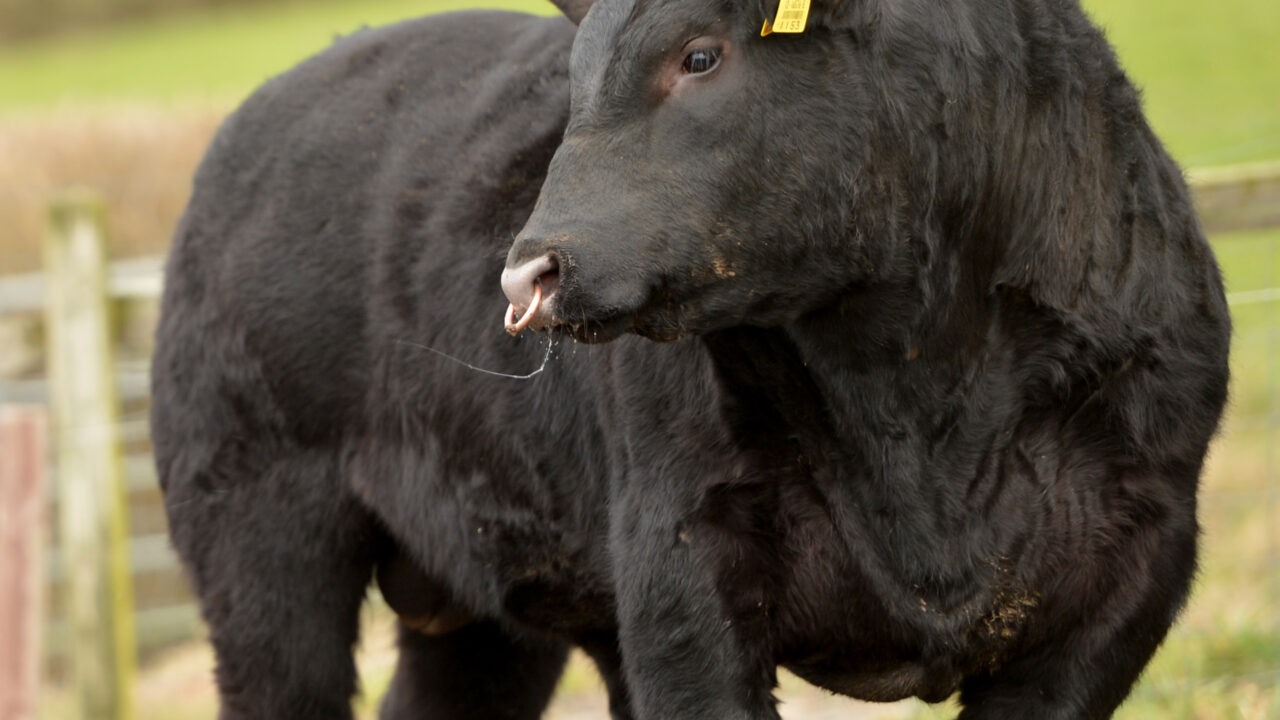There are five key areas to check on your bull prior to the breeding season, according to Darryl Boyd from the Department of Agriculture, Environment and Rural Affairs.
The breeding season may seem a long time away but February is a good time to identify issues with breeding bulls as problems with semen production can take up to eight weeks to rectify, he said.
“Farmers might be in the middle of calving or getting ready for calving and they’re not thinking about the bull yet.
“They might only begin to think about him a month or so before they breeding season starts and by then it could be too late to rectify a problem.
Another problem is that the sales might be over and done, making it difficult to find a replacement.
Ideally farmers should be checking a number of key areas, the five Ts being a good protocol to follow, 10 to 12 weeks prior to the breeding season, he added.
Some of these checks may have to be carried out by a vet for health and safety purposes, he said.
1. Toes
Boyd believes it is important that farmers check the bulls feet and locomotion to ensure that he is walking correctly and that there is no evidence of lameness.
It is important to notice whether the bull is holding his feet or if there are signs of redness or swelling, an infection can take between 8-10 weeks to clear and for semen production levels to get back to normal levels, he said.
2. Testicles
The general recommendation for the circumference of the testicles on most breeds at two-years-old is a minimum of 34cm, according to Boyd.
The bulls testicles should also feel firm with no abnormalities or lumps, he added.
3. Tone
Farmers should aim to have their bull at a condition score score of 3-3.5 at the start of breeding season.
“It’s the same as a cow at calving, you don’t want them too lean or too fat.”
4. Treat
It is preferred that any required vaccinations or parasite control should be carried out well in advance of the breeding season, he added.
5. Test
Boyd also encouraged farmers to consult their vet about a bull breeding soundness examination.
“There may be some underlying issues that won’t be visible. A breeding test is the most accurate way to identify any problems with your bull.”
Another test may be required one month in advance of the breeding season, as there is the risk of problems arising between now and when the breeding season begins, he said.
Buying a Bull in the Upcoming Sales
If you plan to invest in a bull during the February sales, Boyd believes, it is a good idea to discuss previous management of the bull with the breeder, especially nutrition.
“When buying a bull it is better to take into account all aspects of the animal which are available , including its breeding values.
Ideally after purchase keep the bull on a similar feed level and adjust gradually to the level you wish to feed to avoid upsets.
“Generally these bulls are fed a lower protein (14%), high fibre concentrate to avoid feet problems,” he said.

